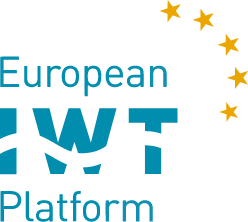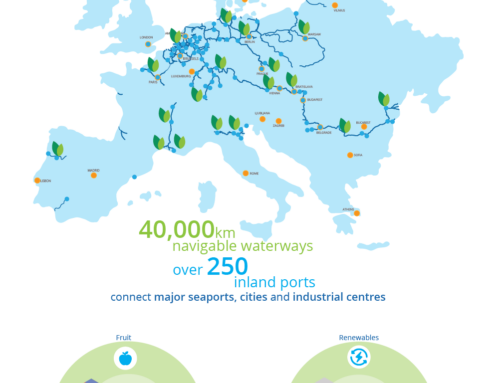The Danube Ministers in the framework of the CE-days signed conclusions on effective waterway infrastructure rehabilitation and maintenance on the Danube and its navigable tributaries.
By signing these conclusions they reaffirmed their strong commitment to ensuring safe and efficient transport links by stepping up shipping on the Danube, given the blockade of ports of Ukraine in the Black Sea and the Sea of Azov as a result of Russian aggression. They recalled the importance of the “Fairway Rehabilitation and Maintenance Master Plan of the Danube and its navigable tributaries” as prepared within the framework of the EU Strategy for the Danube Region by Priority Area 1a on Inland Waterways in November 2014 and updated in spring 2022.
They however noted that the navigation status has still not improved in all Danube riparian states compared to 2014, as reflected in the “Master Plan implementation progress summary report”. Therefore they called upon all involved member states to fulfil the legally binding obligation to preserve “Good Navigation Status” (GNS) of the Danube River and its navigable tributaries that are part of the TEN-T network, as far as this is possible with maintenance and rehabilitation measures, and Fulfil the legally binding obligation of reaching a “Good Ecological Status/Potential” (GES) and a “Favourable Conservation Status” (FCS) as legally required by the Water Framework Directive and by the Birds and Habitats Directives
The waterway management authorities governing the Danube and its navigable tributaries have estimated annual operational costs of about 36.3 million EUR in order to bridge the gap between the current status quo in fairway maintenance and management and the different target Levels of Service. Additional investments are needed for dredging equipment, riverbed surveying and fairway marking equipment. In terms of regional distribution, the majority of investments will be needed on the Lower Danube (particularly Romania and Bulgaria).
Lack of dredging works on the Danube leading to blockade of vessels, huge losses of industry and disruption of the Solidarity Lanes efforts
The IWT Platform applauds the signing of these conclusions for the Danube navigation. However and notwithstanding this important formal act the situation of the fairway in the common Bulgarian/Romanian stretch has dramatically deteriorated since. Over the last week Danube navigation was heavily hindered and is now completely blocked since 8 July between km 565 and 563 which is under the maintenance obligation of Bulgaria.
This local navigation stop also has a severe negative impact of shipping UA cereals into the EU via the Danube, at a moment where waterway transport is the only mode to offer the transport capacity to move large volumes.
This situation is not due to any unfortunate interplay of circumstances or unfavourable discharge conditions, but the omission of the Bulgarian government to undertake the necessary maintenance measures to ensure safe navigation of the Danube stretches under its jurisdiction. The affected industry, the Romanian government, the Danube Commission and the EU coordinator of the Rhine-Danube corridor have made repeated calls to the Bulgarian authorities over several months and in particular in the last few weeks but to no avail.
Above prompted the IWT sector and is related stakeholders to call upon Commission President Ursula von der Leyen
While the cost for maintenance dredging on the critical spot might accumulate to approx. 400-500 K€, for barge operators the costs incurred in the last week and the following days of the total blockage will run into millions of Euro.






